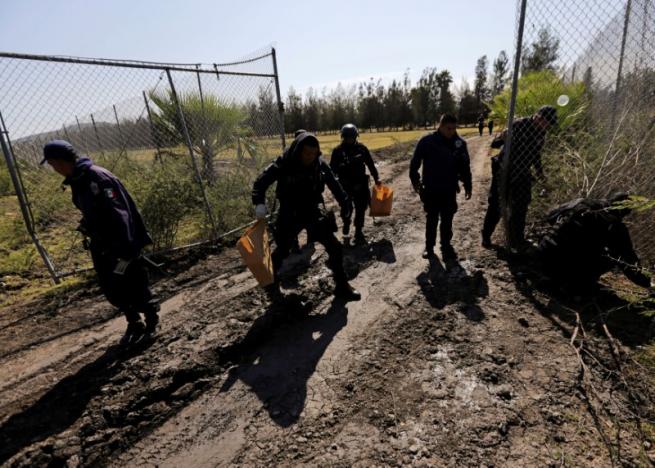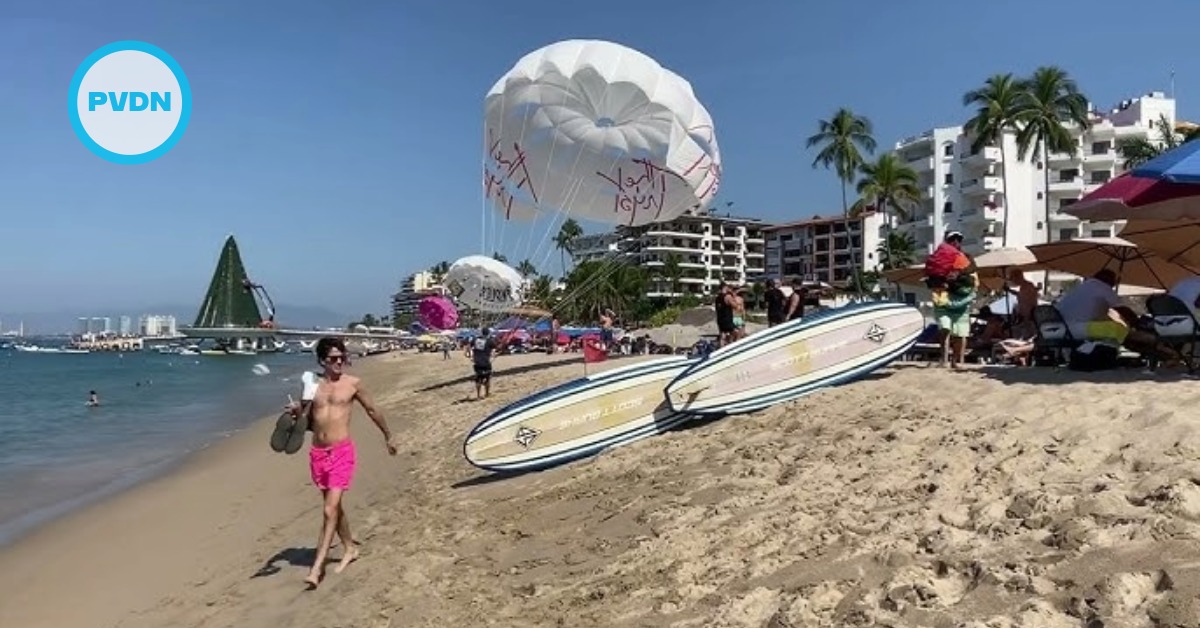In barely four years, a little-known criminal gang has grown to challenge the world's most notorious drug lord, Joaquin "El Chapo" Guzman, for domination of the Mexican underworld, unleashing a new tide of violence.
Once minions of Guzman's Sinaloa Cartel, traffickers of the Jalisco New Generation Cartel (CJNG) have turned on their former masters, seizing territory and buying off thousands of corrupt police.
Led by former policeman Nemesio Oseguera, aka "El Mencho", the gang soon carved out an empire at the expense of weaker rivals.
The speed of its ascent shows how quickly power can shift in . . .






